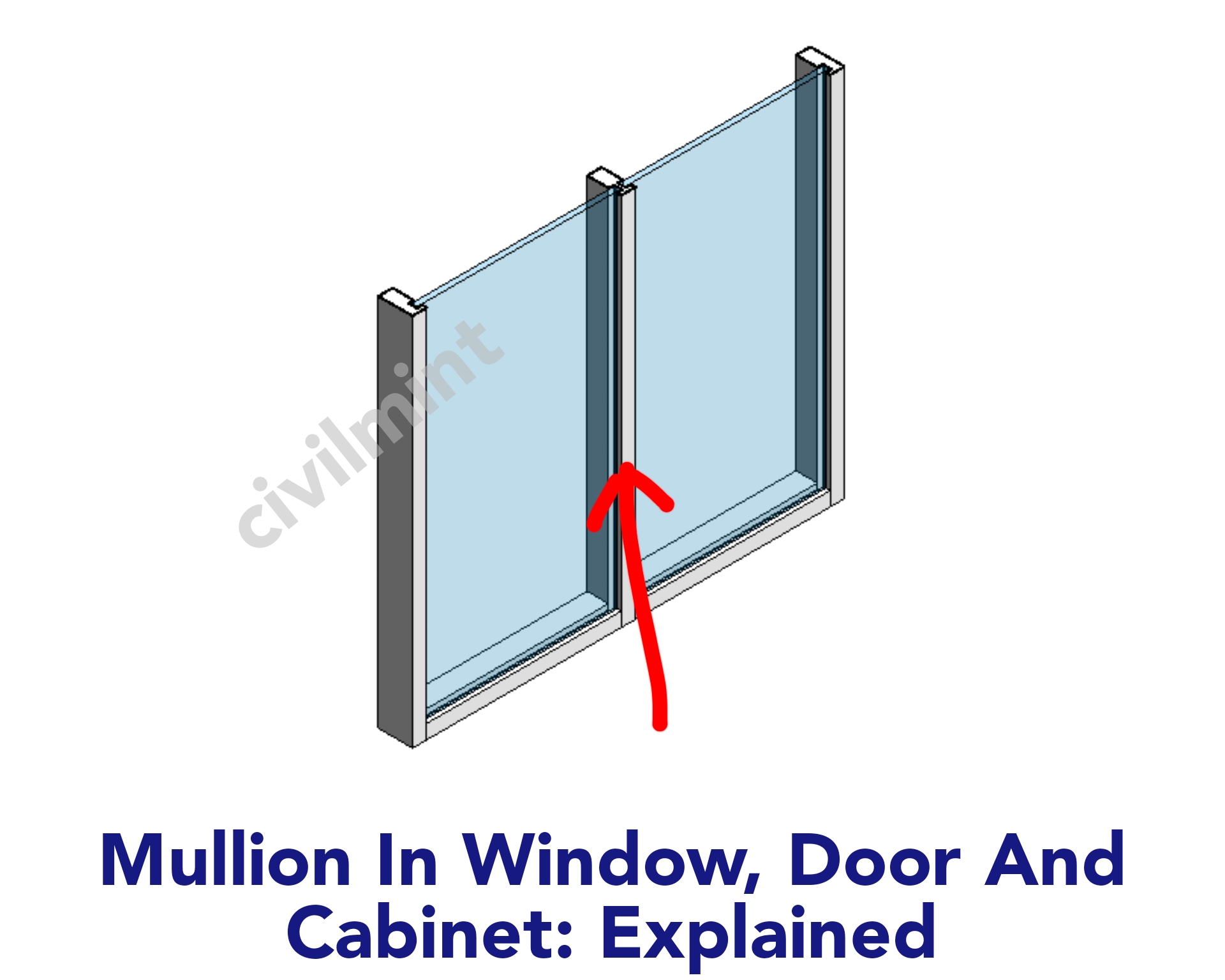Mullion is a versatile architectural components that blend form and function in various applications, enhancing both the visual appeal and performance of these fixtures.
Mullion serve a crucial role in the design and functionality of windows, doors, and cabinets.
In windows, mullions are vertical or horizontal dividers that separate individual panes of glass, providing structural support while enhancing aesthetics. They can also improve energy efficiency by reducing heat transfer.
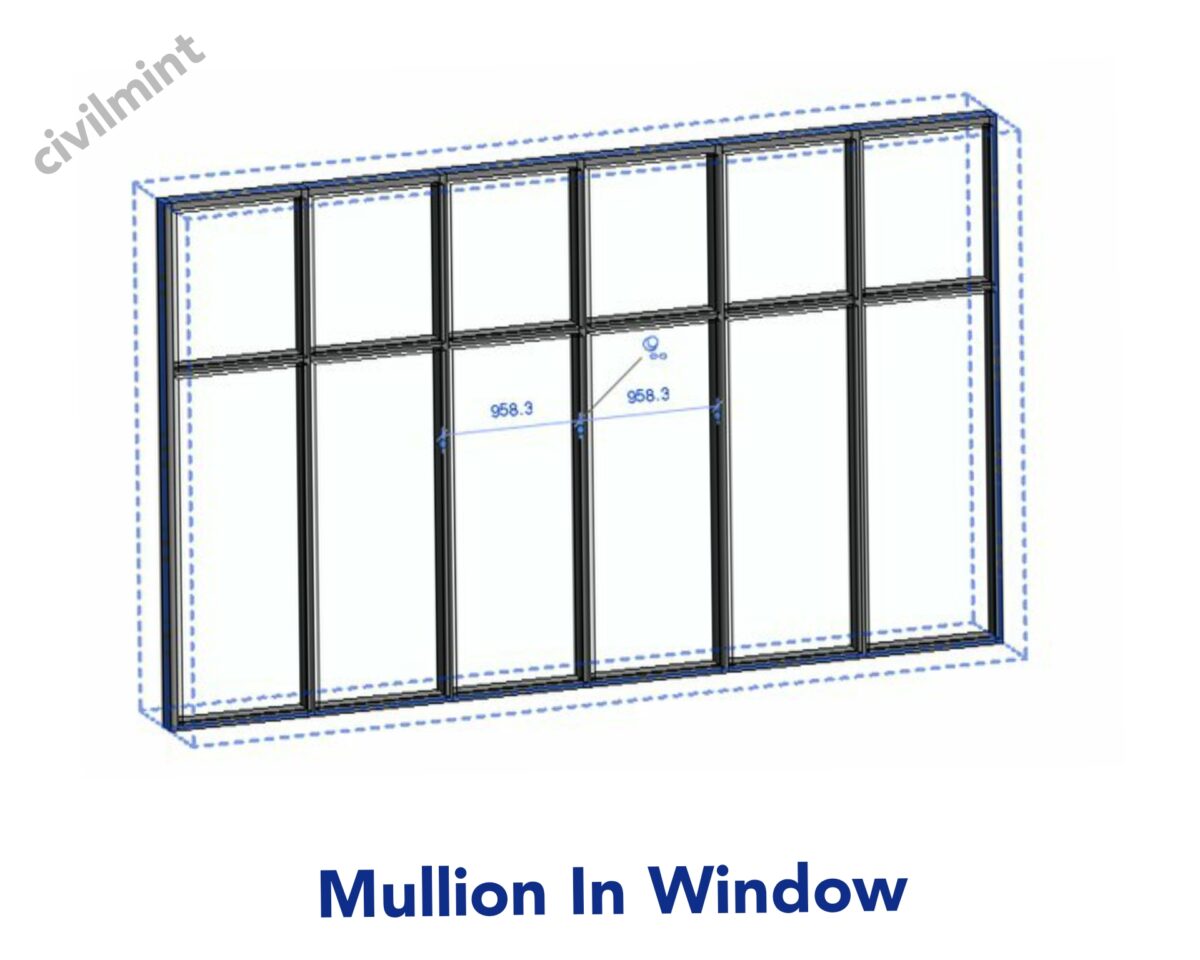
In doors, mullions can be used to divide panels, adding decorative elements or structural integrity.
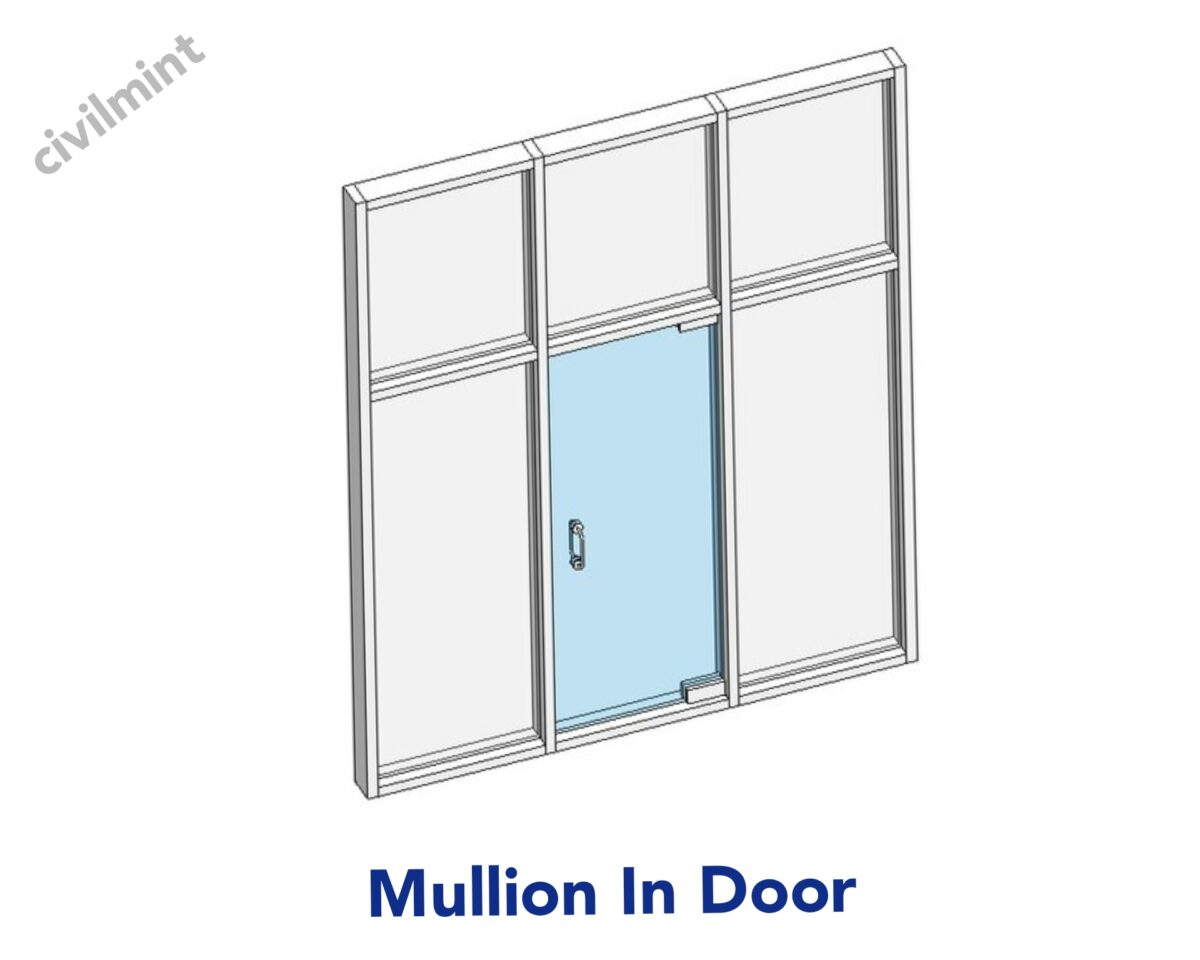
For cabinets, mullions are often employed in the construction of glass-fronted doors, allowing for the display of items while maintaining a cohesive appearance.
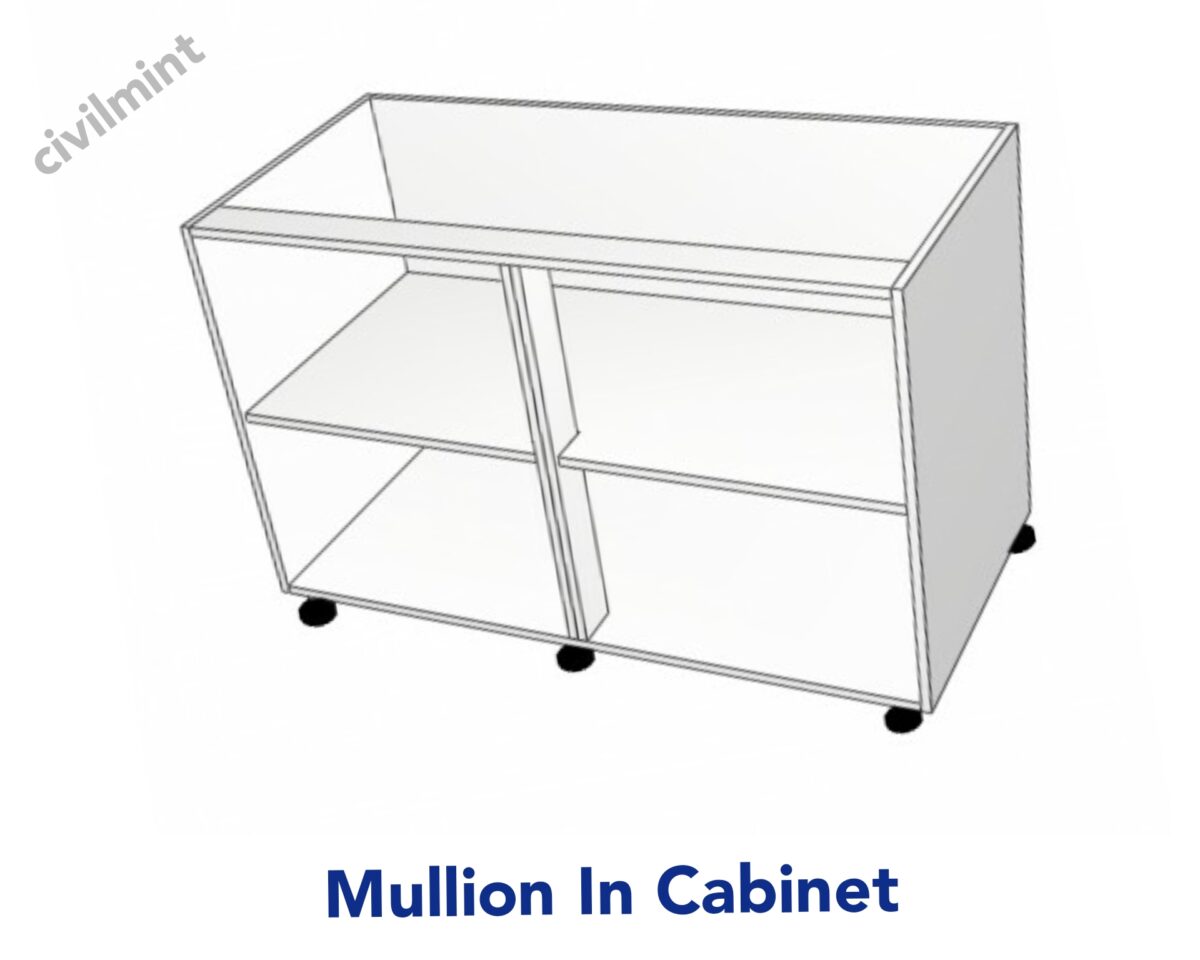
Table of Contents
What Is Mullion?
A mullion is a vertical or horizontal structural element used in architecture and construction to provide support or divide spans such as windows or doors in the facade of a building.
Mullions are usually made of materials such as wood, metal or stone and are used to strengthen and separate parts of glass or other building materials.
They not only add structural integrity but also contribute to the aesthetic design of the building’s exterior.
Mullions can be found in a variety of architectural styles and are often seen in traditional and contemporary building designs.
Historical Perspective
Mullion has a long history dating back to ancient civilizations. The concept of dividing openings with vertical or horizontal elements can be traced to the Roman and Gothic architectural styles. In these early periods, moldings were not only functional but also served decorative purposes, often incorporating intricate designs and decorations.

As architecture has evolved through different eras, the mill has remained an integral part of building design. They became particularly prominent during the Renaissance, where they decorated grand palaces and cathedrals, demonstrating exquisite craftsmanship. Over time, molding has evolved in terms of design and materials, keeping in mind the changing architectural trends.
Why Mullions Are Provided?
1. Structural Support
Mullions are essential for supporting the weight of a building and ensuring its stability. They bear the load of the structure above openings like windows and doors, preventing them from collapsing.
2. Division of Openings
These architectural elements divide large openings into smaller sections, which can be both functional and visually pleasing. They allow for multiple panes in a single window, enhancing a building’s appearance while offering ventilation and natural lighting options.
3. Aesthetic Enhancement
Mullions significantly contribute to a building’s design. They create patterns, grids, or decorative elements on the building’s exterior, adding character and charm to its overall look. Different mullion styles can be used to achieve specific architectural aesthetics.
4. Weatherproofing and Insulation
Mullions play a role in improving a building’s energy efficiency. They provide a framework for installing insulated glass or weather-resistant materials, helping to maintain a comfortable indoor environment and reduce energy consumption.
5. Historical and Traditional Design
In many architectural styles, such as colonial or gothic, mullions are a defining feature. They serve to preserve the historical authenticity of a building or replicate traditional design elements, ensuring the structure remains true to its heritage.
Types Of Mullions
Mullions play a crucial role in door systems, particularly in double door openings. They serve to divide and enhance the functionality of these openings. There are two primary types of mullions: Fixed Mullion and Removable Mullion.
1. Fixed Mullion
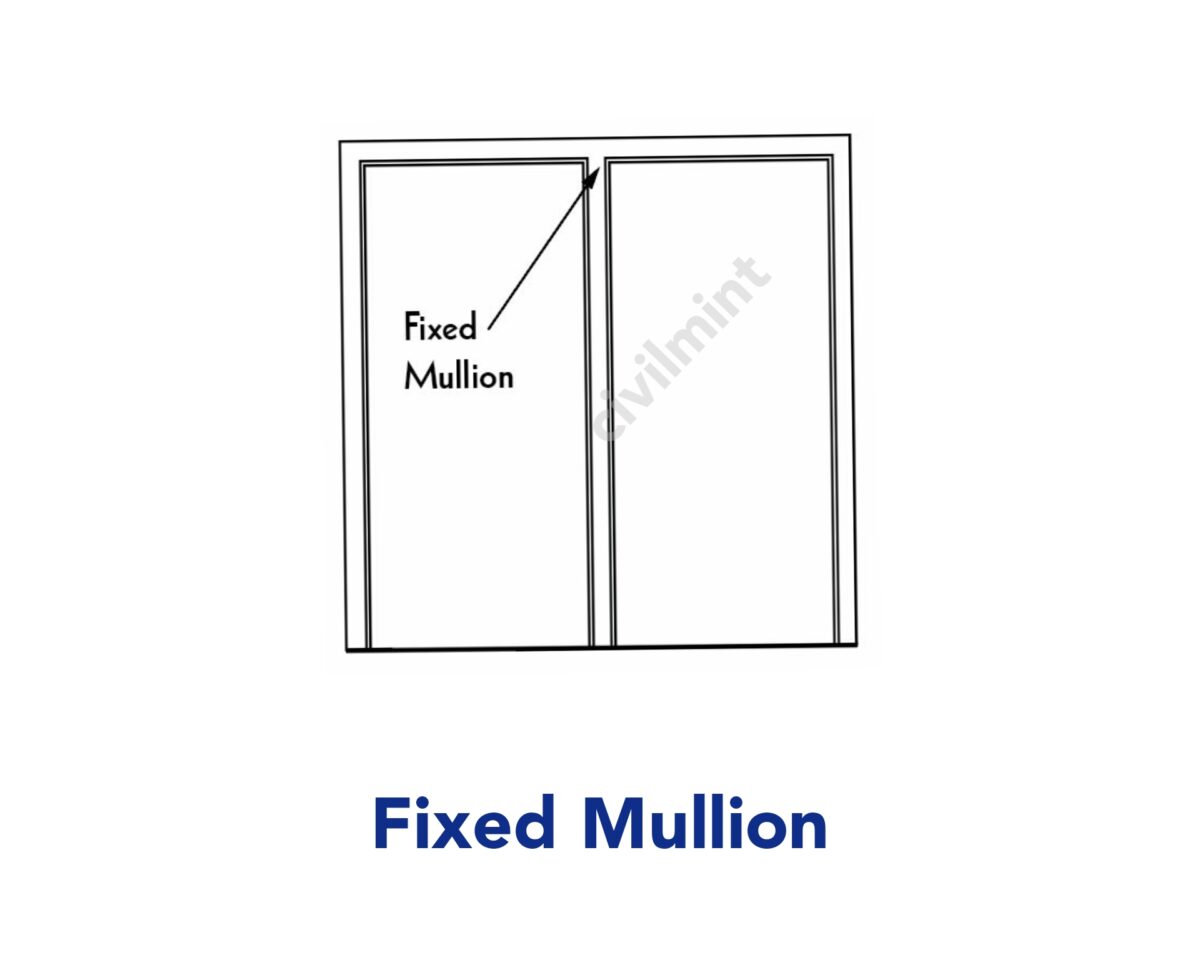
Fixed Mullion serves as an integral component in double door setups, providing a clear separation between the doors. It is permanently affixed to the frame head through welding, ensuring its stability and durability. During installation, the fixed mullion is securely anchored to the floor at its base. This configuration enables the doors to function independently, essentially allowing single door performance within the context of a double door opening.
2. Removable Mullion

Removable Mullions offer a versatile solution for double door systems. Mechanically attached beneath the frame head and anchored to the floor, these mullions can be temporarily detached to create a wide, unobstructed opening. This flexibility is particularly useful when maneuvering large equipment or furniture through the doorway. It’s important to note that for normal door operation, the removable mullion must be reinstalled.
Removable Mullions come in two distinct styles. The first is mounted between the doors, allowing for standard operating hardware. Alternatively, they can be post-mounted behind a pair of doors on the push side. This configuration is compatible with rim exit devices on each door leaf. Both styles are available with keying options and may be rated for fire resistance. Additionally, some removable mullions can be prepped for electrified hardware, enhancing security and access control.
Conclusion
In architecture, mullions are small but important elements that bridge the gap between form and function. Their rich history, diverse forms and modern applications demonstrate their enduring relevance in architectural design.
Read also: Types Of Arches
From majestic cathedrals of the past to sustainable structures of the future, shopping malls continue to shape the way we view and interact with built spaces, proving that even the smallest details can have a lasting impact on our built environment.

